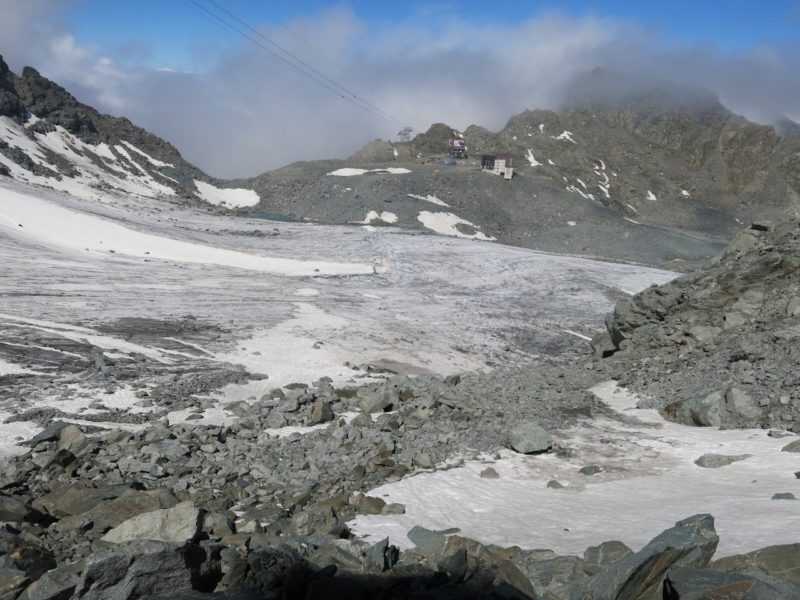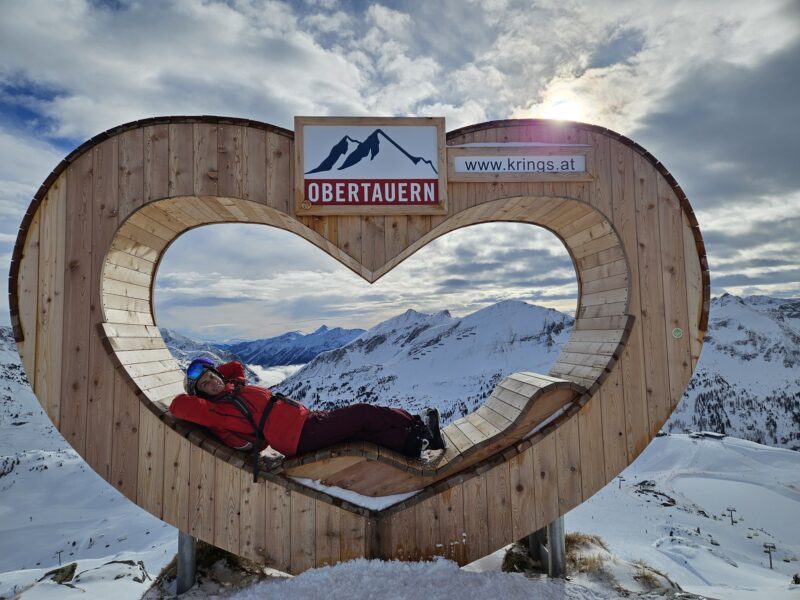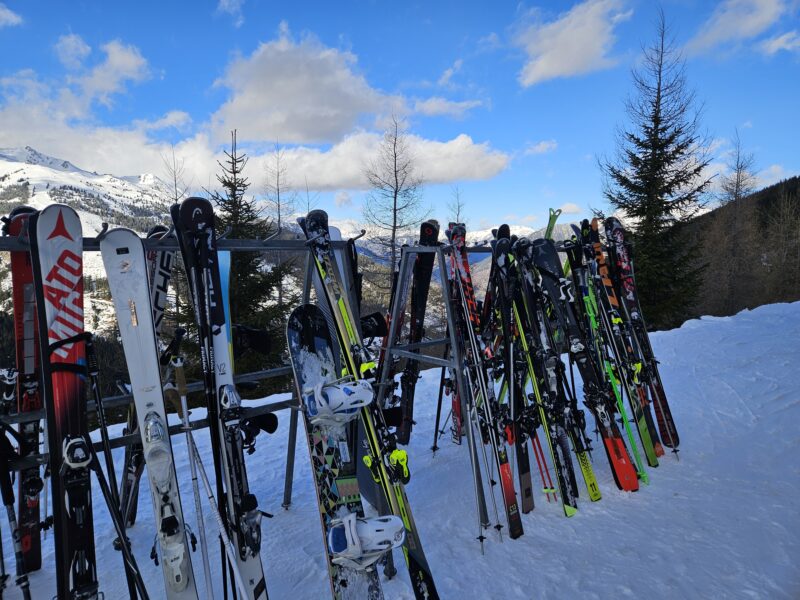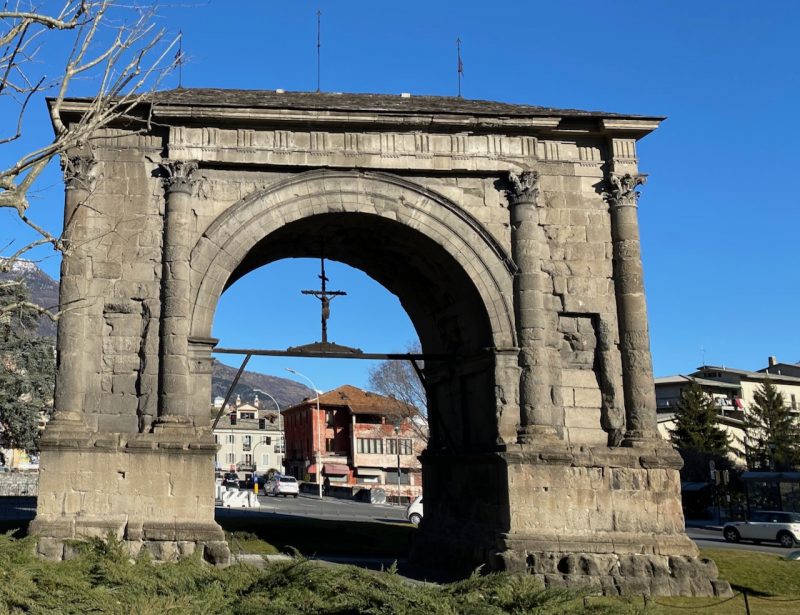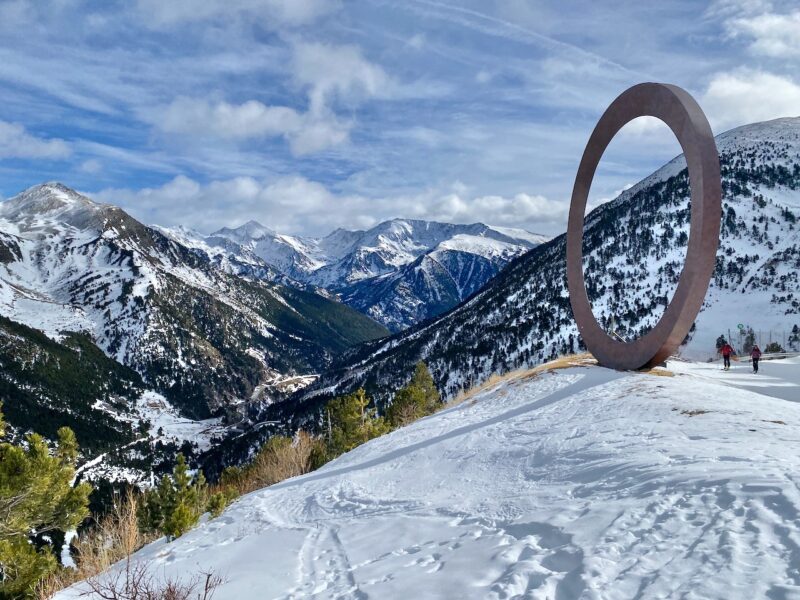Canadian Glaciers Hit by Soot & Ash from Wildfires
11th August 2024
Last modified on August 17th, 2024
As the ash and soot lands on the glaciers it darkens them causing them to absorb more solar heat and speeding up glacier melt. UPDATED
Scientists from the University of Northern British Columbia and the Hakai Institute are studying how wildfire smoke impacts glaciers and how the darkening from soot speeds up glacier melt.
See here for the full and detailed report on CBC.

Canada wildfires. Image © PlanetSKI
A team from the University of Saskatchewan examined the Athabasca glacier from 2015 to 2020.
The period covered the particularly severe wildfire seasons in 2017 and 2018.
In a study published in 2022 the reseachers found that soot and ash from wildfires darkened the surface of the glacier, causing the ice melt to increase by up to 10%.
Scientists say melting glaciers in Western Canada could disrupt the flow of glacier-fed rivers, impacting water supply and hydroelectric power generation in the region.
Smoke in the sky does prevent some solar energy from reaching the glacier, compensating for some of that increased ice melt.
However the cooling impact of the smoke was limited, and the net effect of wildfires in increasing glacier melt was “substantial and long lasting,” according to the study.
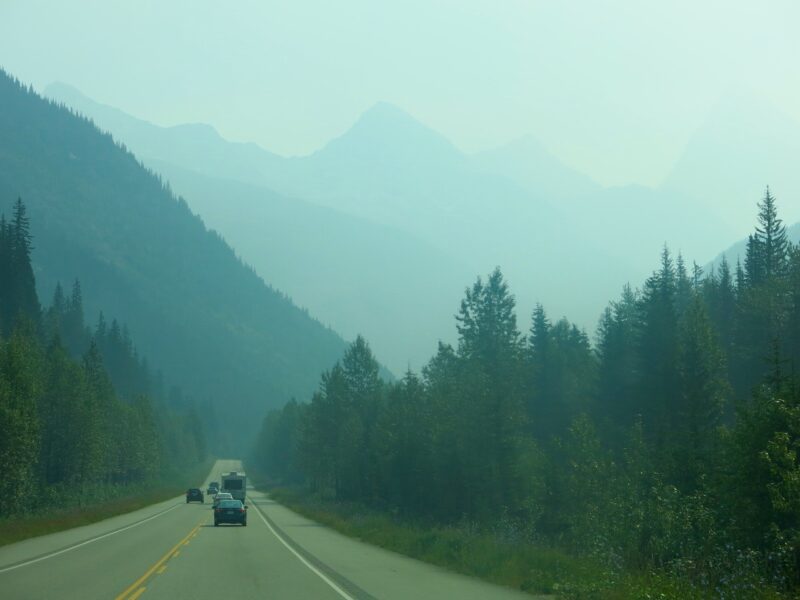
Canada wildfires. Image © PlanetSKI
We have reported on the recent wildfire that destroyed large parts of the mountain town of Jasper with its ski resort, Marmot Basin, escaping the flames.
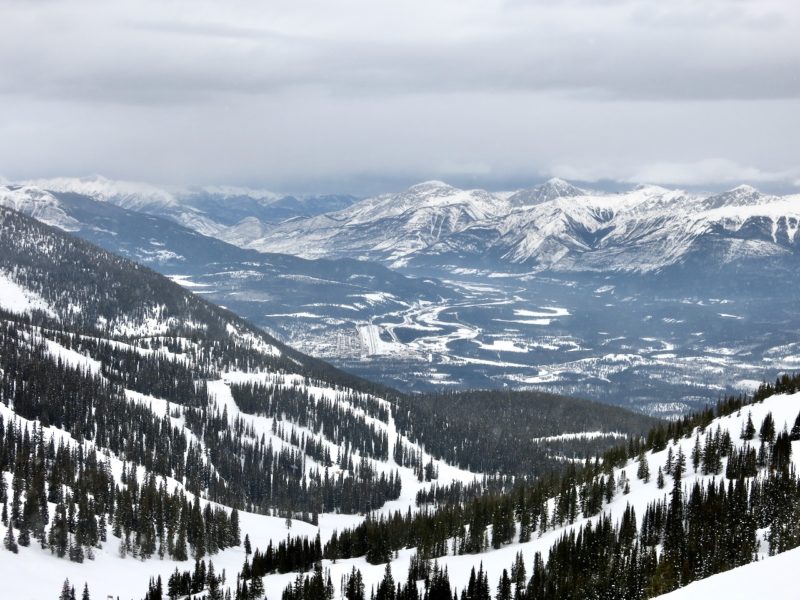
Jasper as seen from Marmot Basin. Image © PlanetSKI
Marmot Basin is currently posting optimistic and re-assuring messages about next winter.


